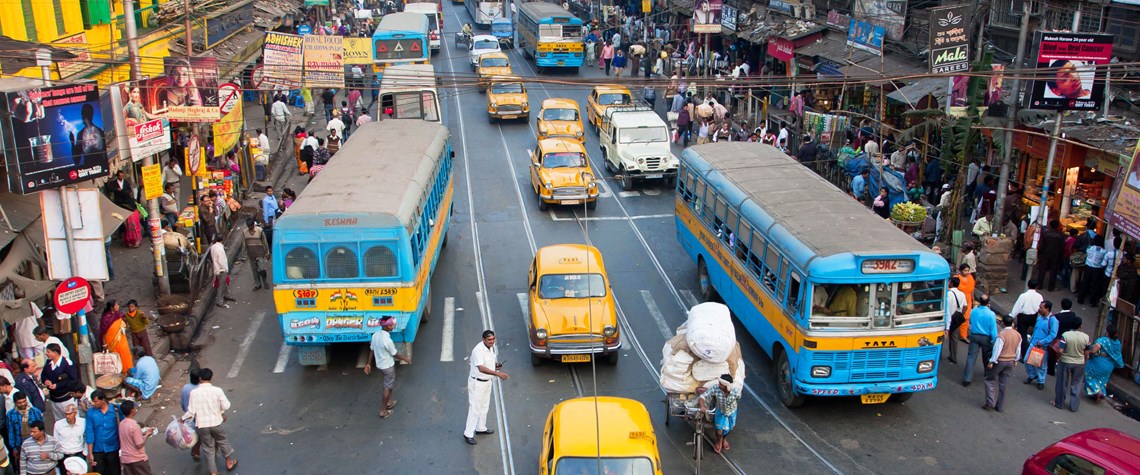How India extricated itself from an energy squeeze
New Delhi unexpectedly emerged relatively unscathed from this year's oil price volatility, currency fluctuations and geopolitical tensions
India experienced a combination of external pressures in 2018. These included the rise in global oil prices which pushed up retail prices of gasoline in the country by around 9pc between mid-August and early October, a weakening of the rupee, and US pressure to cut crude oil imports from Iran, which comprise around 13pc of total oil imports, ahead of the re-imposition of sanctions. India arguably emerged from these none the worse for wear. The government, facing the prospect of unhappy consumers ahead of a general election in 2019, intervened to cut excise duties by 1.5 rupees ($0.02) a litre. It also asked state refiners to reduce their margins by 1 rupee a litre. Following this, the soften

Also in this section
22 July 2025
The gas-hungry sector is set for rapid growth, and oil majors and some of the world’s largest LNG firms are investing in ammonia production and export facilities, though much depends on regulatory support
22 July 2025
Next year’s WPC Energy Congress taking place in April in Riyadh, Saudi Arabia will continue to promote the role of women in the energy sector, with a number of events focusing on the issue.
22 July 2025
Pedro Miras is the serving President of WPC Energy for the current cycle which will culminate with the 25th WPC Energy Congress in Riyadh, Saudi Arabia in April 2026. He has over 30 years of experience in the energy sector, including stints with Repsol and the IEA. Here he talks to Petroleum Economist about the challenges and opportunities the global energy sector currently faces.
17 July 2025
US downstream sector in key state feels the pain of high costs, an environmental squeeze and the effects of broader market trends








